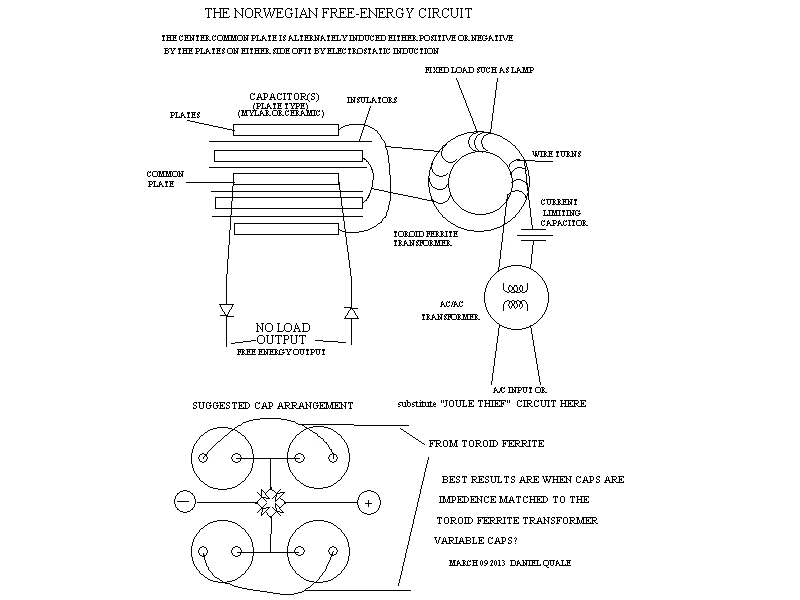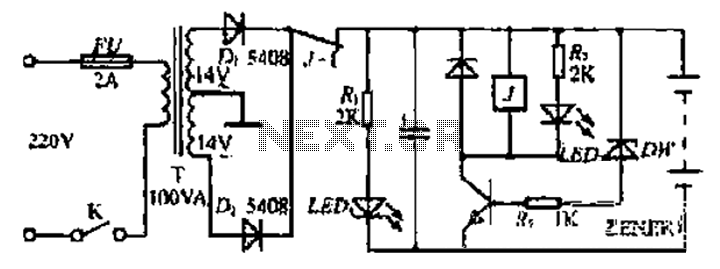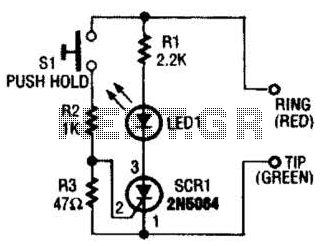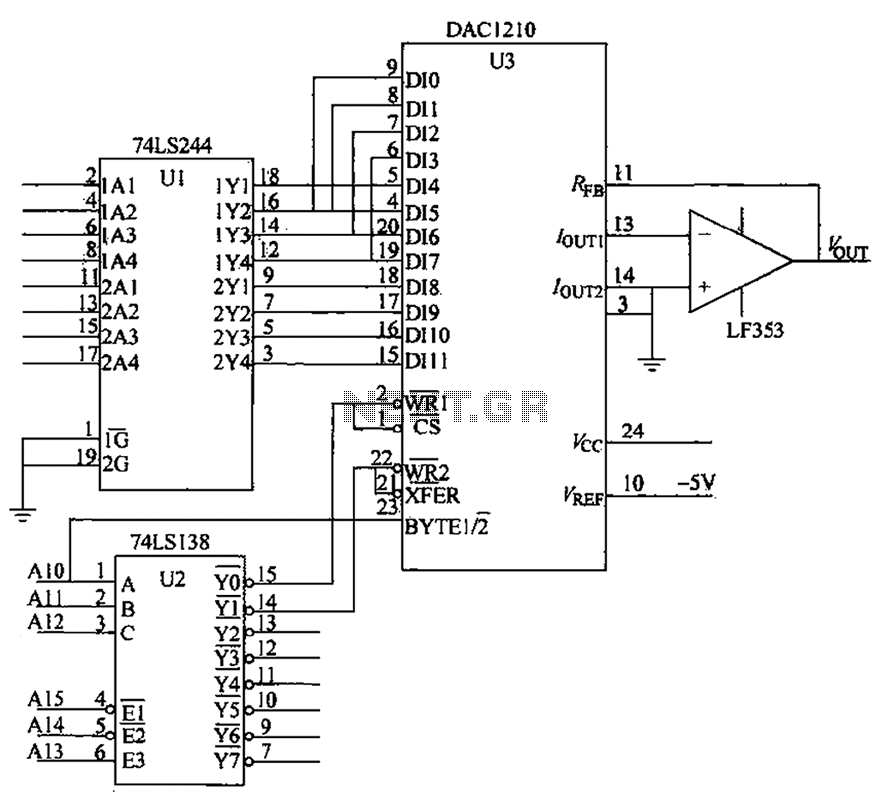
really need help on PWM and PPM circuit
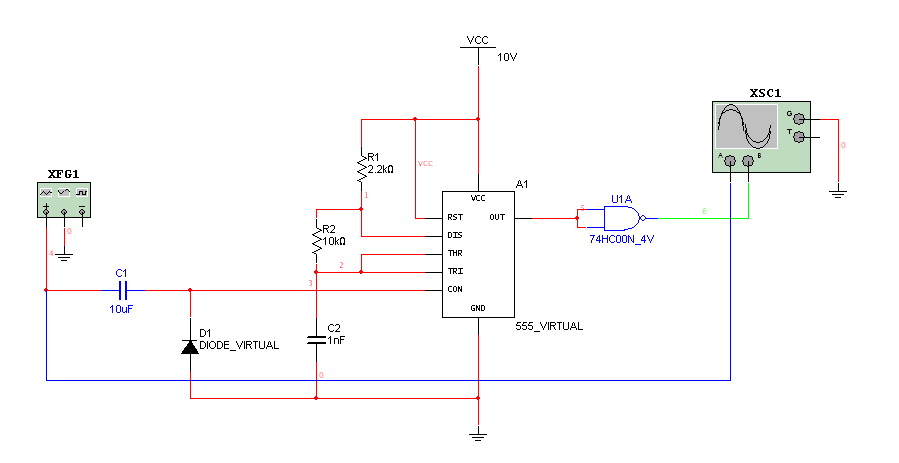
Hello everyone. I need some help. I have constructed a PWM and PPM circuit. The output is functioning smoothly, but I am experiencing some problems and I am not very experienced.
The PWM (Pulse Width Modulation) and PPM (Pulse Position Modulation) circuits are essential in various applications, including motor control, LED dimming, and communication systems. In a PWM circuit, the width of the pulse is varied while maintaining a constant frequency, allowing for control over the power delivered to a load. Conversely, a PPM circuit modulates the position of the pulse within a fixed time frame, which can be particularly useful in remote control systems and data transmission.
To troubleshoot issues with the PWM and PPM circuit, it is crucial to start by examining the circuit design. Key components typically include a microcontroller or timer IC, which generates the desired pulse signals. Additional components may include resistors, capacitors, and possibly MOSFETs or transistors to drive larger loads.
Common problems in PWM and PPM circuits may arise from incorrect timing configurations, inadequate power supply, or improper component values. It is advisable to check the duty cycle settings in the PWM configuration, as this directly affects the output voltage and current supplied to the load. In PPM circuits, ensure that the timing intervals for pulse positioning are accurately set to avoid data corruption or miscommunication.
Using an oscilloscope to visualize the output waveform can provide valuable insights into the operation of the circuit. This will help identify whether the pulse width or position deviates from the expected parameters. Additionally, verifying the connections and ensuring that all components are functioning correctly can resolve many issues.
For further refinement, it may be beneficial to refer to application notes specific to the components used in the circuit or consult relevant datasheets. This can provide additional guidance on the optimal configuration and troubleshooting techniques for PWM and PPM applications.hello everyone..im need some helps i`ve construct the PWM and PPM circuit the output going smoothly but i`ve some problem im not very.. 🔗 External reference
The PWM (Pulse Width Modulation) and PPM (Pulse Position Modulation) circuits are essential in various applications, including motor control, LED dimming, and communication systems. In a PWM circuit, the width of the pulse is varied while maintaining a constant frequency, allowing for control over the power delivered to a load. Conversely, a PPM circuit modulates the position of the pulse within a fixed time frame, which can be particularly useful in remote control systems and data transmission.
To troubleshoot issues with the PWM and PPM circuit, it is crucial to start by examining the circuit design. Key components typically include a microcontroller or timer IC, which generates the desired pulse signals. Additional components may include resistors, capacitors, and possibly MOSFETs or transistors to drive larger loads.
Common problems in PWM and PPM circuits may arise from incorrect timing configurations, inadequate power supply, or improper component values. It is advisable to check the duty cycle settings in the PWM configuration, as this directly affects the output voltage and current supplied to the load. In PPM circuits, ensure that the timing intervals for pulse positioning are accurately set to avoid data corruption or miscommunication.
Using an oscilloscope to visualize the output waveform can provide valuable insights into the operation of the circuit. This will help identify whether the pulse width or position deviates from the expected parameters. Additionally, verifying the connections and ensuring that all components are functioning correctly can resolve many issues.
For further refinement, it may be beneficial to refer to application notes specific to the components used in the circuit or consult relevant datasheets. This can provide additional guidance on the optimal configuration and troubleshooting techniques for PWM and PPM applications.hello everyone..im need some helps i`ve construct the PWM and PPM circuit the output going smoothly but i`ve some problem im not very.. 🔗 External reference
